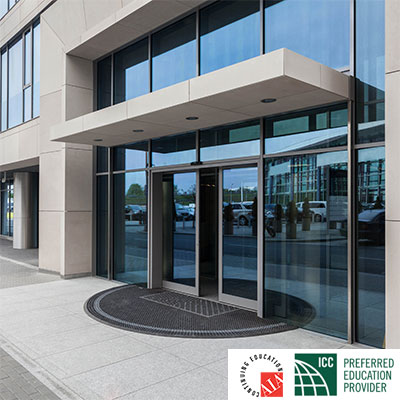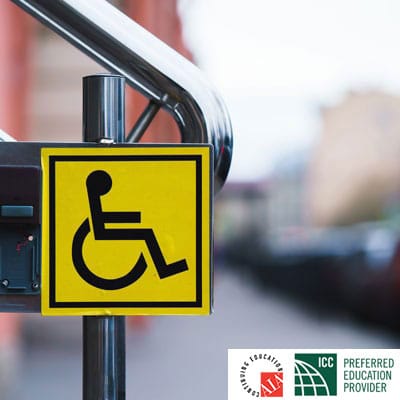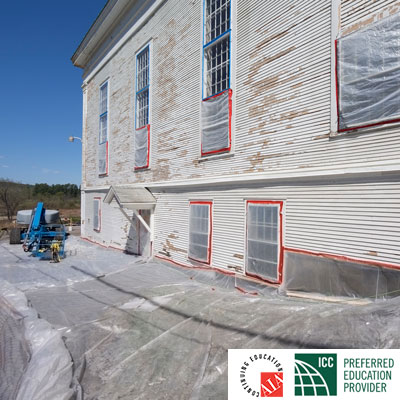Description
Instructor: Roger Peck
The ADA is one of America’s most comprehensive pieces of civil rights legislation that prohibits discrimination and guarantees that people with disabilities have the same opportunities as everyone else to participate in the mainstream of American life — to enjoy employment opportunities, to purchase goods and services, and to participate in State and local government programs and services. The 2010 Standards set minimum requirements – both scoping and technical – for newly designed and constructed, or altered State and local government facilities, public accommodations, and commercial facilities to be readily accessible to and usable by individuals with disabilities.
This three-hour video course covers the third, fourth and fifth chapters of the 2010 ADA Standards for Accessible Design. The material for this course is presented by simple narration and power point video presentation, including on-site, real world video examples in various accessible buildings used by both the public and private sector.
After completing this course participants will be able to:
- Be able recognize what exterior components can and should comply with ADA standards.
- Identify the ADA requirements for proper maneuvering space, clearance and accessible routes.
- Outline at least one design strategy based on ADA standards for the construction of either a public or private building.
- Summarize the options available to the design or building professional when designing a facility per the requirements of the ADA Standards.
This course covers:
- Floor and Ground Surfaces
- Changes in Level
- Protruding Objects
- Accessible Routes
- Ramps
- Elevators
- Parking Spaces
- Passenger Loading Zones
Credit(s) earned on completion of this course will be reported to AIA CES for AIA members. Certificates of Completion for both AIA members and non-AIA members are available to print upon completion of the course.



